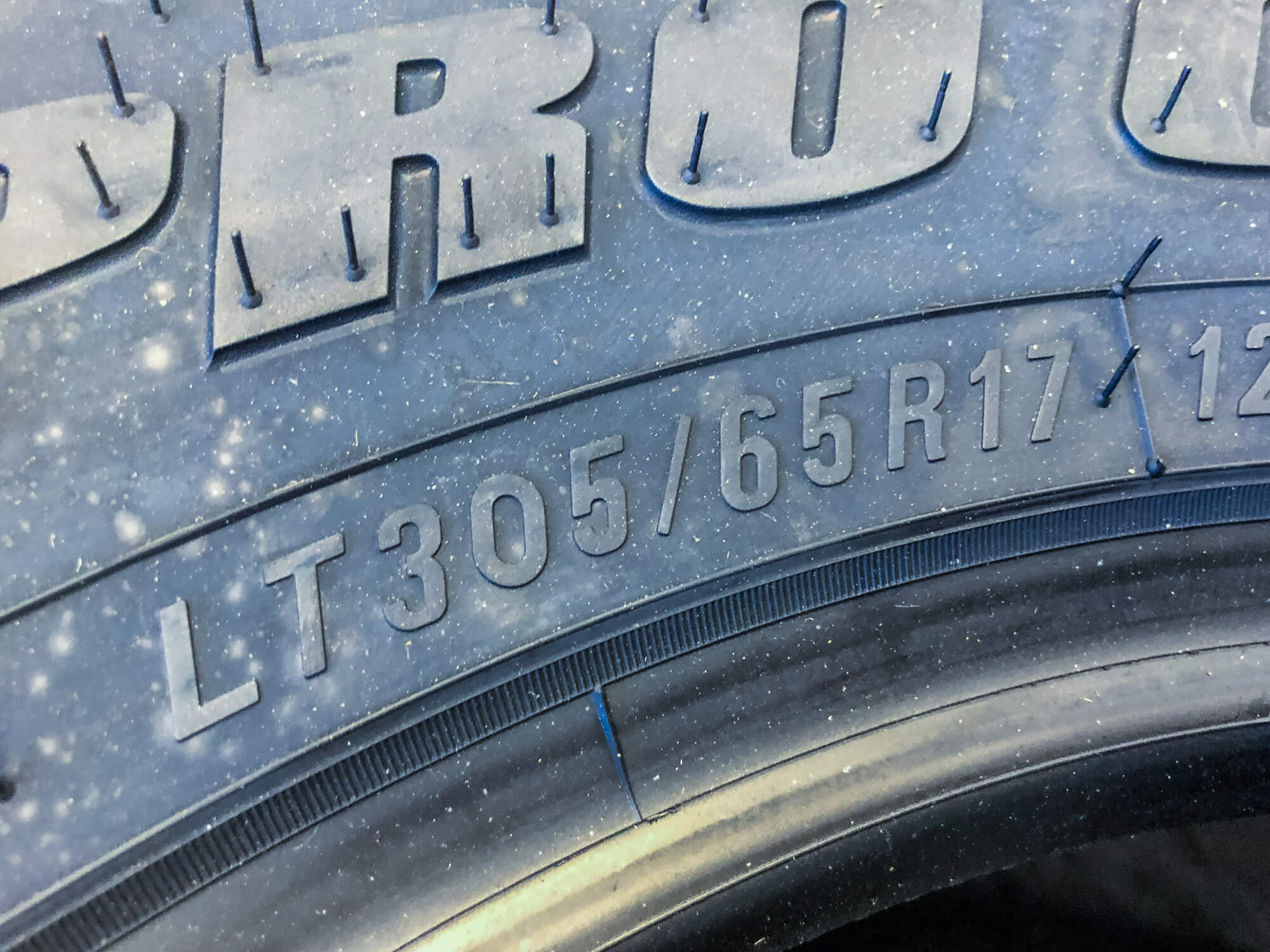All the information you can learn from a tire sidewall

Most drivers do not pay attention to their cars’ tires until they get a flat or they burst one. All the focus is on the engine, the transmission–everything that relates to performance. You can see this in people’s checklists when buying a new or second-hand car. The tires never get the spotlight.
While there is nothing extremely wrong with that, there is some critical information you must know about your car’s tires. After all, tires are your car’s only contact with the road. The wrong pressure or cases of serious wear and tear may lead to accidents.
Lucky for you, knowing about your car’s tires does not require flipping through the pages of your car’s owner’s manual. Just look at your tire sidewall, and all the information you need is there. The problem now is how you decode and understand this string of numbers and letters embossed on the sidewall. Here is a quick guide:
Tire Type
Generally, there are three main types of tires. You have the passenger, SUV, and specialty types. The most common is the passenger car. However, it still boils down to use. If your vehicle normally carries heavy loads, then SUV tires will be the most fitting.
If there is a “P” on your tire’s sidewall, it stands for “passenger.” Usually, the classification of SUV tires is written as “LT” which means “light truck.”
Tire Width
The width of your tires is measured from sidewall to sidewall, usually in millimeters. If there is “185” written on the sidewall, then it means the tire width is 185 millimeters.
This is usually followed by another string of numbers after a slash. In the picture above, the tire sidewall reads “305/65.” 305 millimeters is the tire width while 65 means that the tire has a 65 percent sidewall aspect ratio. This just means that the sidewall height is 65 percent of the tread width.
Construction Type
The letter “R” next to the tire width and aspect ratio in the picture above pertains to the tire’s construction type. There are two construction types–radial and cross-ply. R here means radial. Radial tires are more commonly used. They have flexible sidewalls and provide better traction and vehicle stability.
Wheel Diameter
In the picture above, the number “17” follows “R”. This number simply refers to the wheel diameter. In this case, the tire must be mounted with a wheel with a 17-inch rim.
Load Index
There is a load index chart that tells you the corresponding weight of load a tire can carry. A tire with a load index of 54 can carry up to 212 kilograms or 467 pounds. Cars that carry heavier loads must utilize tires with a higher load index.
Speed rating
Other than load capacity, tire sidewall information can also tell you the maximum speed a tire can safely maintain. There is also a chart for this. A tire with an S mark means it can safely maintain up to 112 miles per hour.
Conclusion
All this information will come in handy when it’s time for you to get new tires. You will be guided by these pieces of information if you want to optimize your car’s performance.